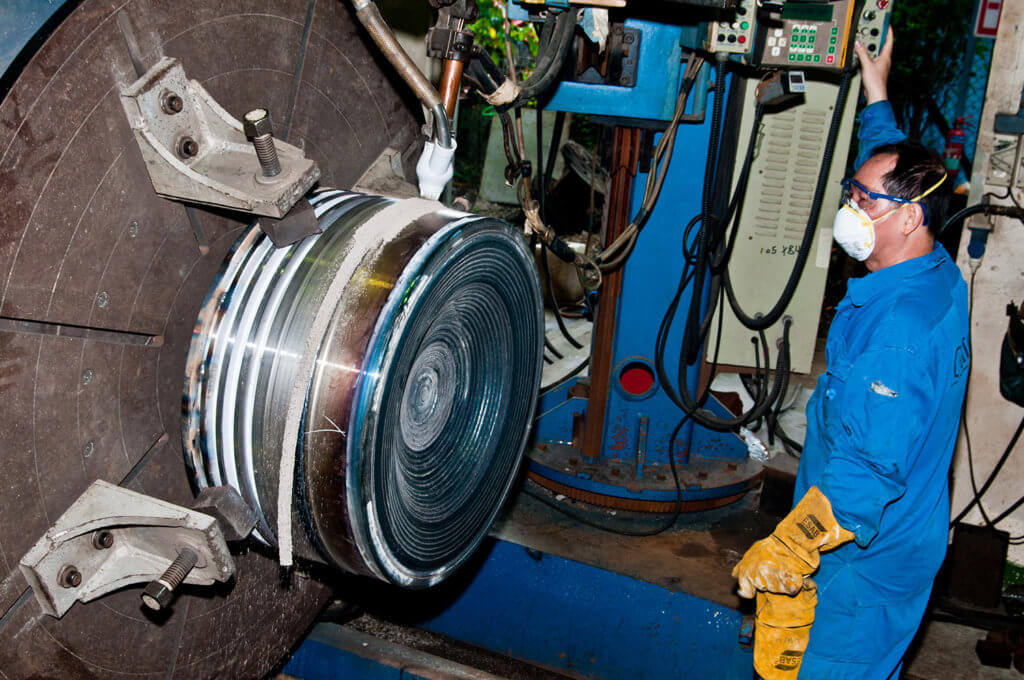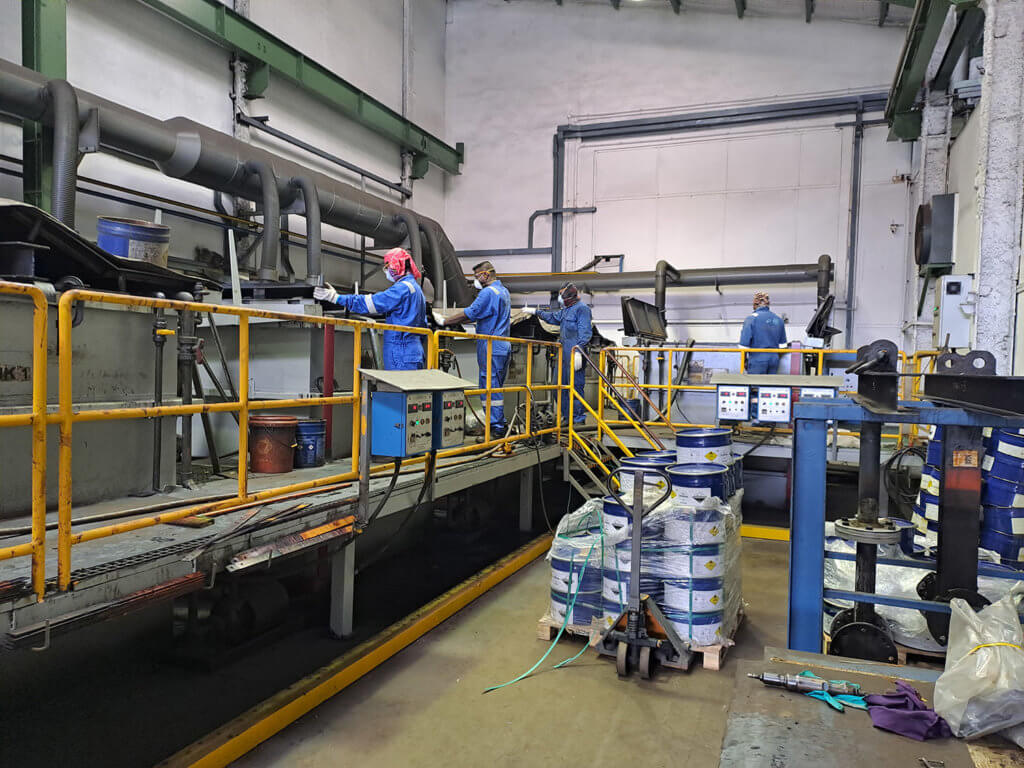As the world’s economies and major maritime and power corporations look for ways to limit the negative impacts of their operations on the global environment, the long-proven process of reconditioning core engine components is being looked at from a fresh angle. Reconditioning of piston crowns, connecting rods, exhaust valves and other major 2-stroke engine components has traditionally been viewed as an economical approach to engine operation and maintenance, but with the increasing focus on reducing carbon footprints, the environmental benefits of reusing components as opposed to consuming new ones are clear.
SUBSTANTIAL ANNUAL VOLUMES – 5,000 COMPONENTS/3,000 TONNES PER YEAR
Kian marine is a preferred 2-stroke reconditioning service provider for some of the world’s largest operators and reconditions an average of 1,400 two-stroke pistons, 1,550 exhaust valve spindles, 1,130 valve seats, 300 piston skirts and 300 cylinder covers per year along with hundreds of other components. Assigning an average weight to each of these components, Kian marine’ work results in an estimated reuse of over three million kilograms/three thousand tonnes per year of steel that is not sent to scrap and does not need to be mined and processed to make new components.












